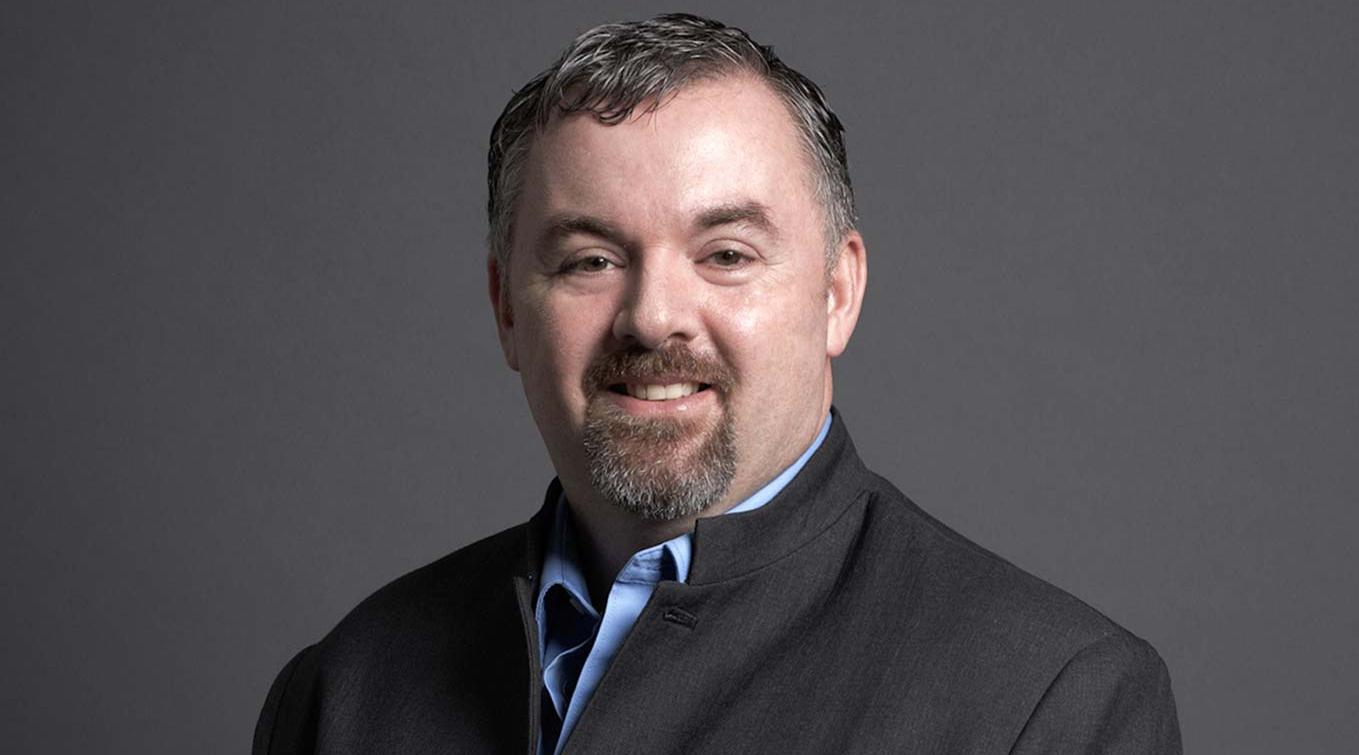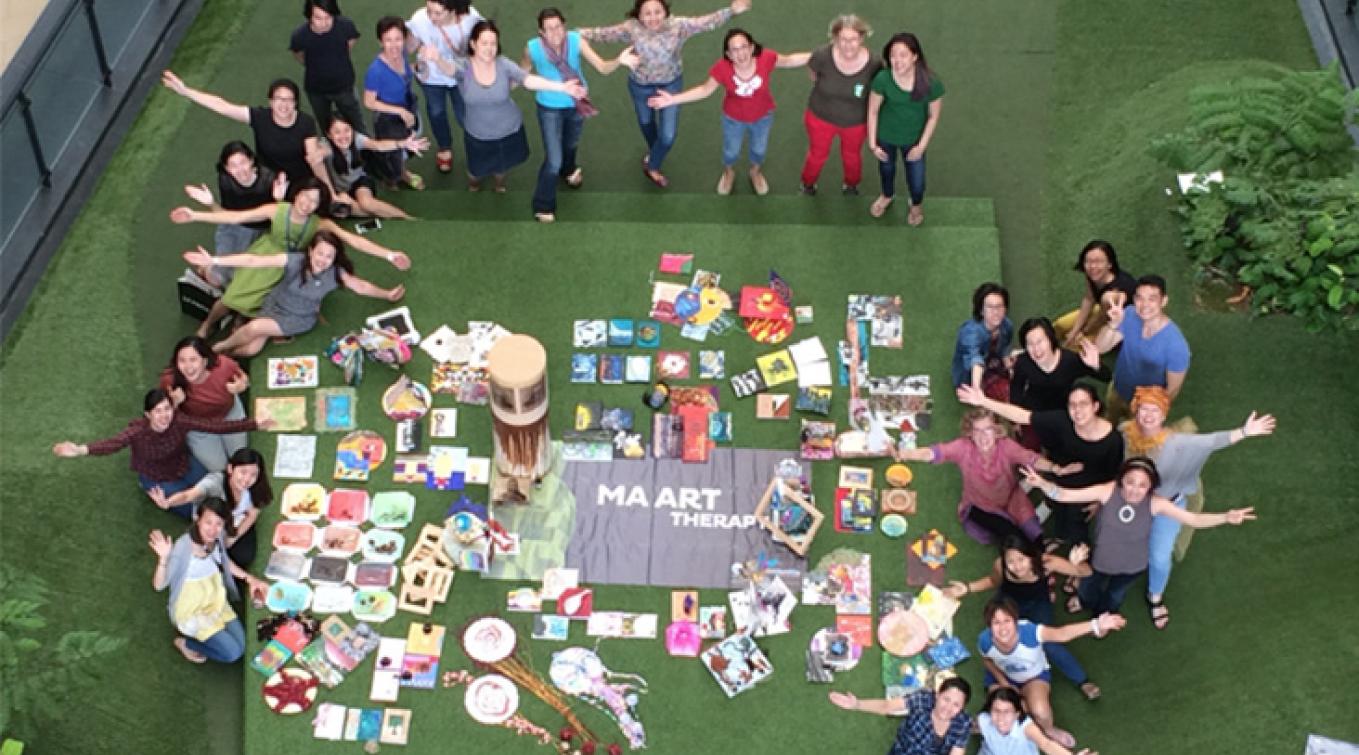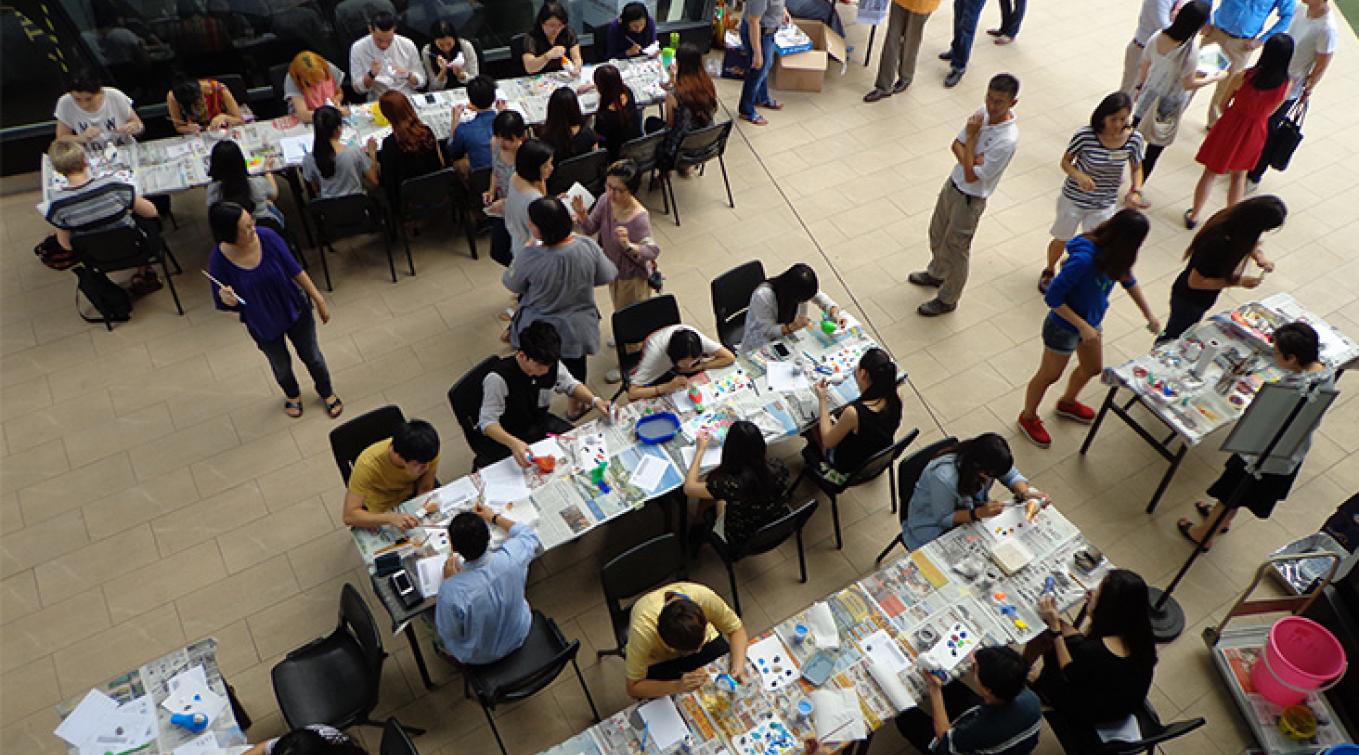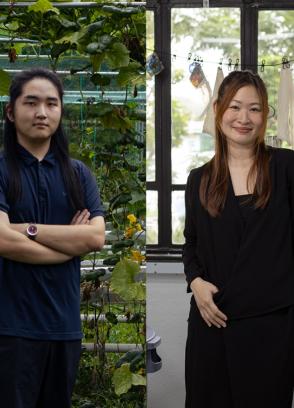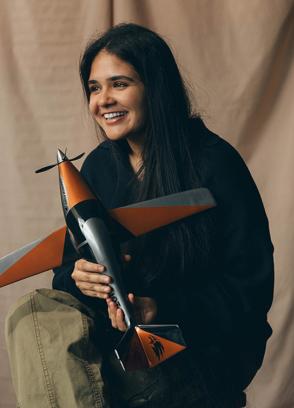Programme Leader, Ma Art Therapy, School Of Creative Industries
23 February 2017
The MA Art Therapy Programme is the first and only postgraduate psychodynamic art psychotherapy training programme in Singapore and Southeast Asia. The Programme is led by Ronald Lay, a registered and board-certified art therapist with the Art Therapy Credentials Board (USA) and the Australian and New Zealand Arts Therapy Association. He is also a professional and credentialed member of both the American Art Therapy Association and the Art Therapists’ Association Singapore. Prior to this role, Ronald worked 12 years full-time as an art therapist at Napa State Hospital, a large forensic mental health facility in Northern California.
Read on to find out more about the ground-breaking programme that is celebrating its 10th year in Singapore.
Tell us a little about yourself – which country do you come from, what made you decide to be an arts educator?
I am Canadian and trained as an art therapist at Concordia University in Montreal, Quebec, Canada. Transitioning from a full-time art therapy practitioner role to that of an academic seemed the logical next step in my career and professional development. Imparting knowledge and experience on the next generation of qualified and ethical art therapists is important to me and a role that I take seriously.
What attracted you to the field of art therapy?
Being an art therapist gives me the opportunity to be genuine and authentic with others through creative means. Connecting with others, especially those that are marginalised and/or are suffering in some kind of capacity, through artwork and art making is one of the greatest joys that I’ve experienced. I’m passionate about this discipline and have been privileged to share this with others throughout my career.
What can one expect from the MA Art Therapy Programme at LASALLE? What is one of the major highlights of the Programme?
Grounded in the principles and theories of psychodynamic art psychotherapy, the MA Art Therapy Programme is the first of its kind to be developed and implemented in Singapore and Southeast Asia.
The Programme hosts several community projects and distinguished guest lectures throughout the academic year and the public is invited to participate where appropriate. Within any given year, our students provide over 12,000 hours of clinical art therapy services as well as hundreds of hours of volunteer community service hours throughout Singapore.
In June 2015 we brought 15 graduate students to London and in June 2016 I was able to bring six students into the facility that I worked at in Northern California. This was quite rich on many levels as the students were able to see my interactions with clients first-hand. They had the opportunity to interact and engage with a range of clients from this facility and meet a large number of art, music and dance/movement therapists.
Share with us a memorable/rewarding experience in your time at LASALLE.
Leading the MA Art Therapy Programme at LASALLE has been quite rewarding as it has allowed me to share my vast experiences with the art therapy students, art therapists, mental health practitioners and stakeholders within Singapore, the region and abroad. Essentially, this has allowed me the privilege of expanding the discipline within Asia and with impacting and influencing the way that it is naturally being developed in ways that are locally and culturally relevant and meaningful.
One memorable experience was when we held our second international arts therapy conference in 2014. This strategically highlighted and showcased the significant mental health contributions, practice and research that is being conducted here and within the region. In the past, much of the research and discussion came from outside of Singapore. Our conference, which attracted several hundred participants, served as testament to our significant milestones as both a leading and recognised training institution and as a discipline that has anchored its position.
Is art therapy for everyone?
Art therapy is effective in many ways. At the very core of this practice is the relationship and the inherent value of acknowledging, validating and witnessing another human being.
Share with us a memorable/rewarding experience in your time at LASALLE.
Although traditional forms of psychotherapy have not been fully embedded into the mental health landscape locally, art therapy is increasingly becoming embraced and utilised as an acceptable mental health intervention and practice. Over the past several years we have experienced an increase in invitations from the community to either collaborate in large-scale projects, serve in consultancy roles and to develop art therapy services within agencies, hospitals and hospices. Several of our large-scale projects have addressed topics that are typically considered taboo and/or not publicly discussed locally such as death and dying, special needs and addictions. Some of these areas are now receiving much attention and funding which we fully embrace. Art and art therapy have gently, respectively and sensitively opened the doors for some of these discussions as art and art therapy are accessible to all.
What do you envision for the future of art therapy?
I envision that all major hospitals, rehabilitation centres, schools, hospices and NGOs in Singapore to have a sustaining art therapy service fully integrated within their setting, that the discipline of art therapy is recognised with the Allied Health Professions and relevant Government Ministries, and that the discipline is granted title protection given the intensive training, best practices and ethics involved.
Any advice for those who are considering to pursue a career in the field of art therapy?
Given that art therapy is a hybrid discipline that draws upon the traditions and principles of psychology and the arts, an art therapist is one that can confidently straddle both of these in meaningful ways.
A key strength of the art therapist is their first-hand experience with engaging in their own art practice and the physical, psychological and emotional responses that occur during the creative process. The art therapist is able to strategically make use of this experience and bring this into the therapeutic encounter for the enhancement of the client’s well-being and to address any of the core conflicts or reasons for coming to therapy in the first place. The art therapist has the capacity to think creatively and to address challenges in novel and innovative ways that effectively meet the needs of the clients they encounter.
What’s coming up next in your professional practice/research?
I’ve recently returned from participating in the Therapeutic Arts Programme with Global Alliance Africa in Kenya. This was an opportunity to exchange best practices and to discuss ways of working creatively with vulnerable groups of people. This experience will enhance our Programme’s own design and development of student overseas trips with consideration to in-country partnership and collaboration as related to culture specificity.
Writing and publishing of art therapy practice is the next logical step for me, especially in my role as Programme Leader. Establishing the necessary research and literature base is another critical milestone for an emerging profession and this includes art therapy. I just started a doctorate in education and this is further linked to my current research interests and passion for art therapy training in Asia.

